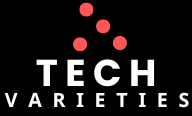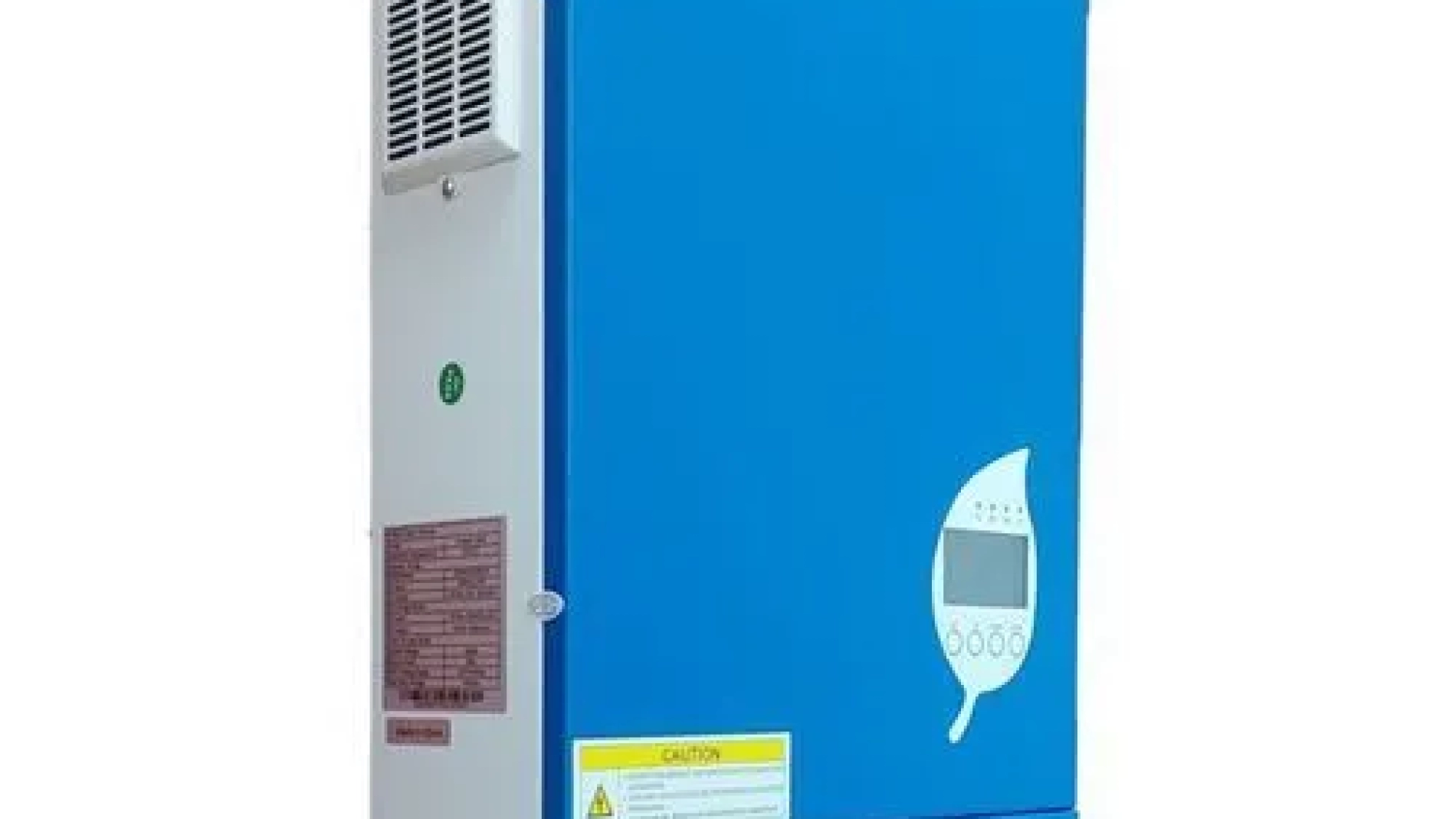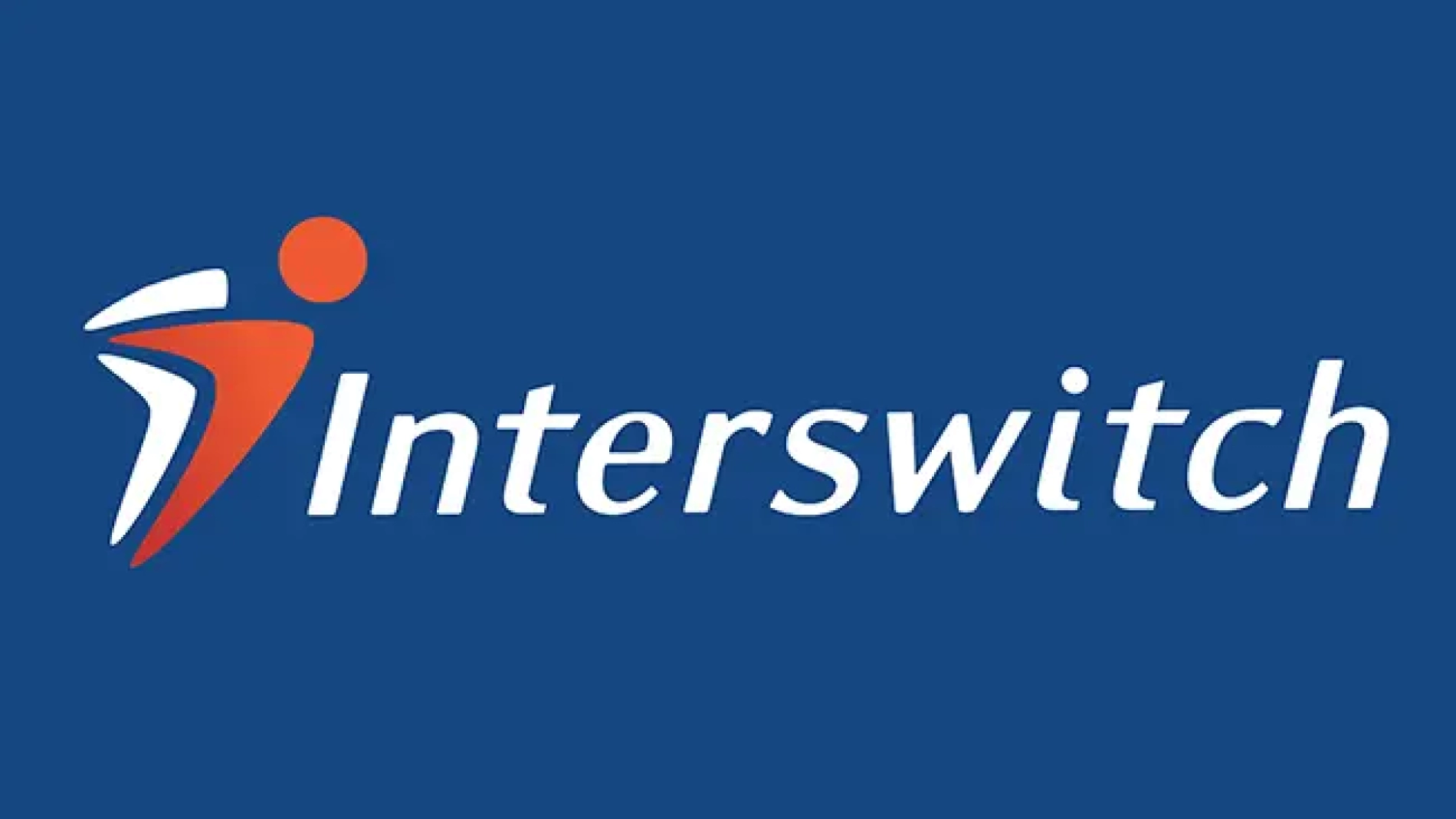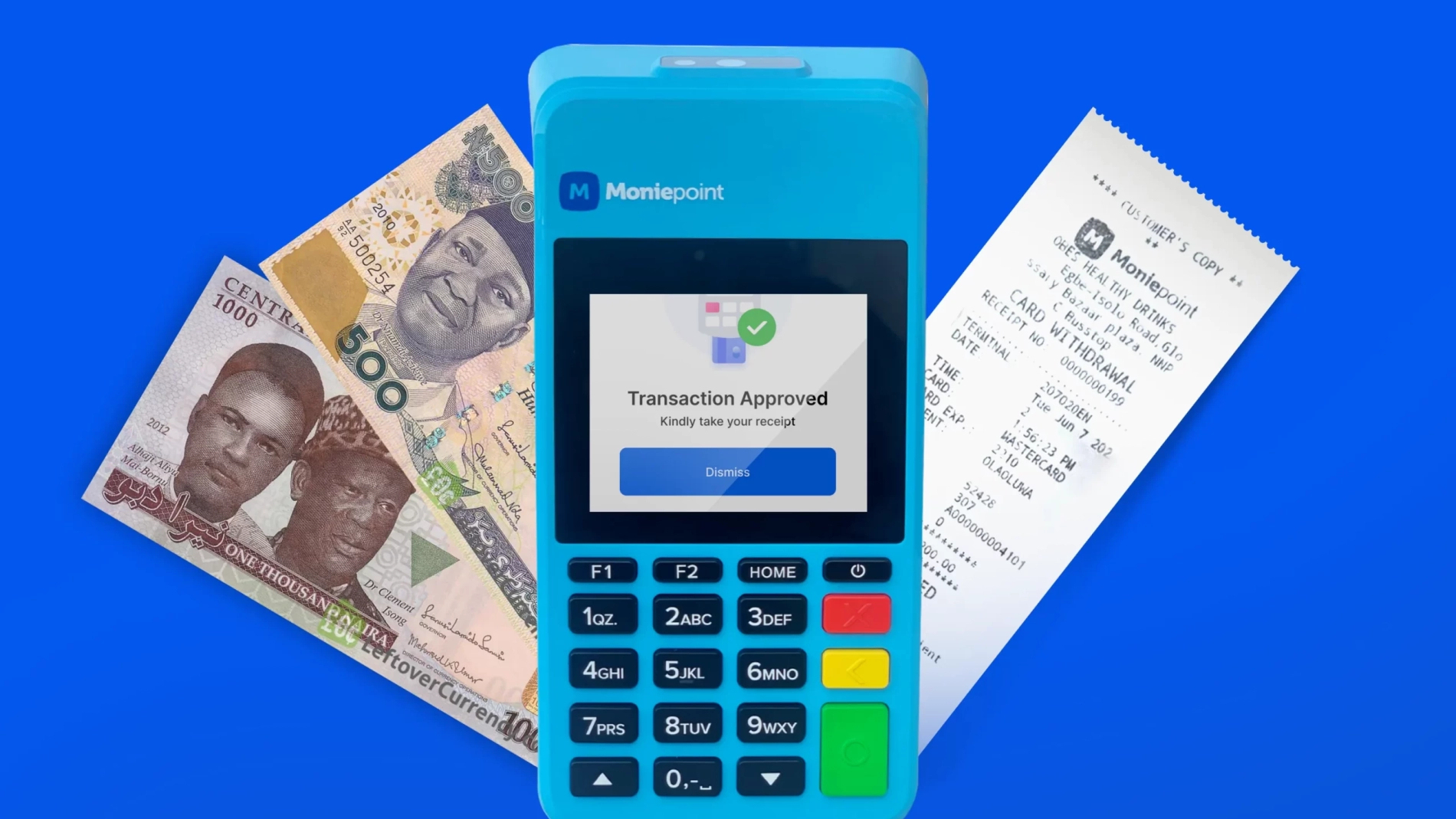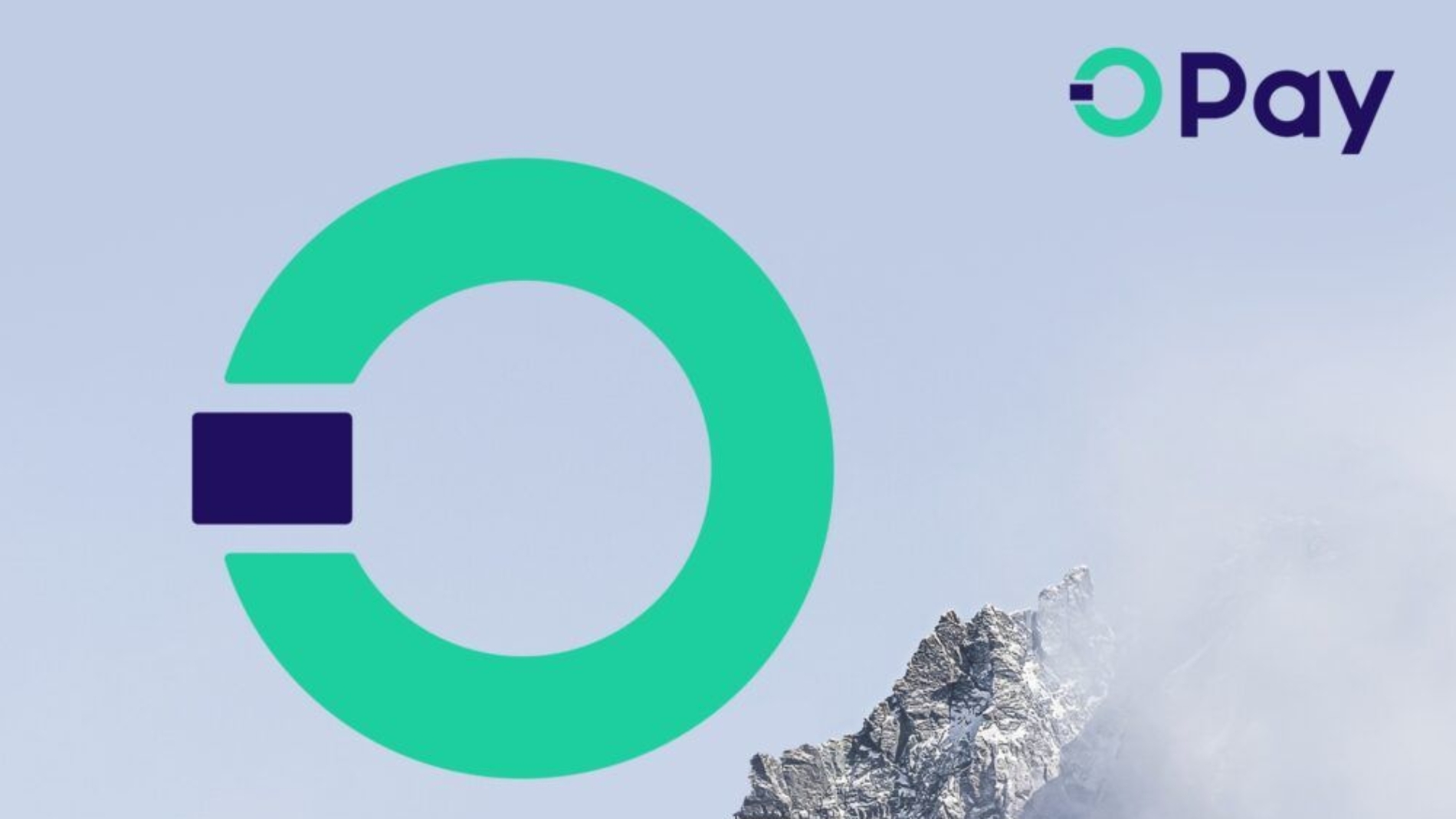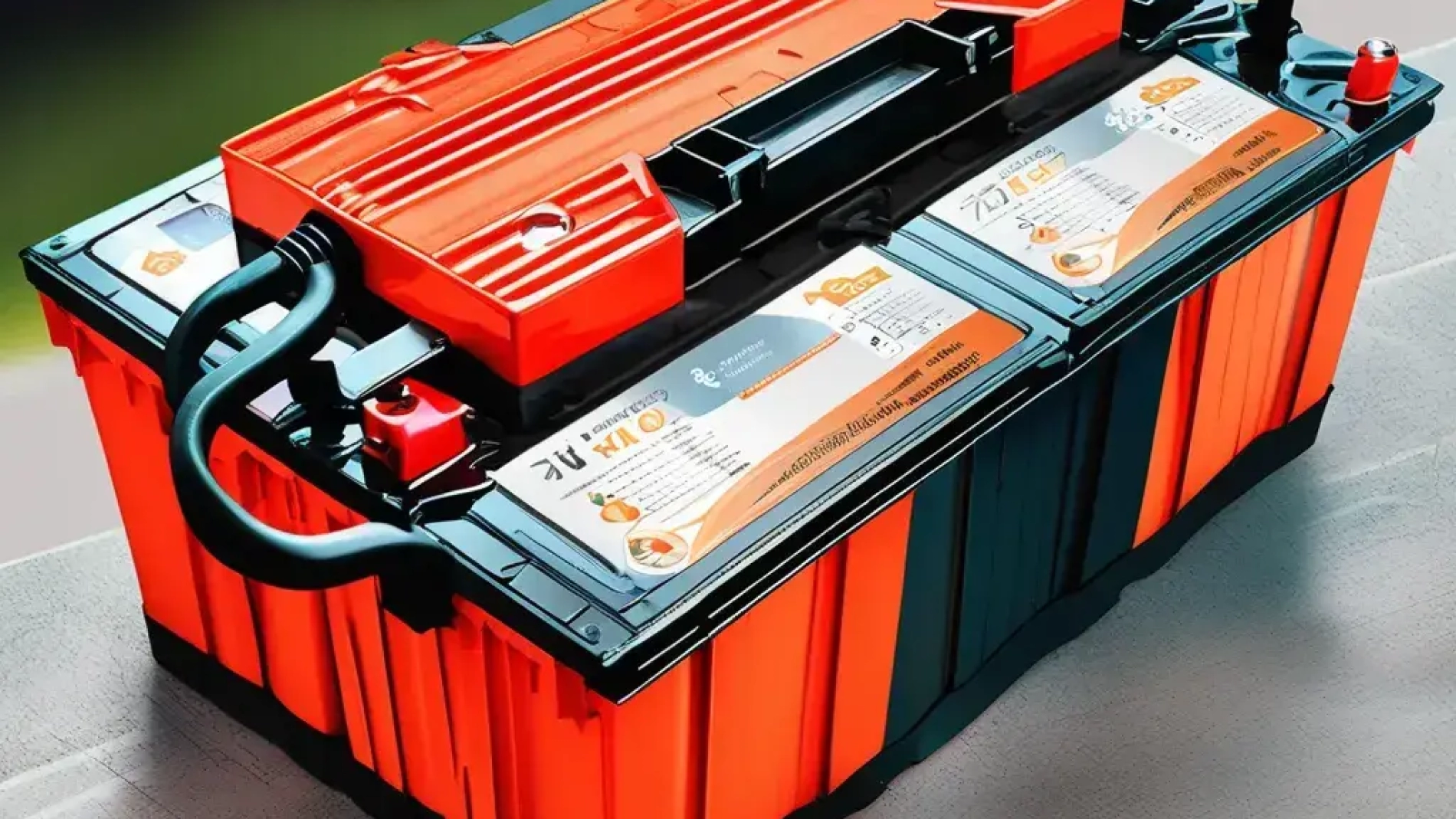The Tecno Pop 9 has captured the tech world’s attention, sparking conversations and trending online. But what makes this smartphone so popular? In this post, we’ll explore the key reasons why the Tecno Pop 9 is making waves and why it might be the perfect budget-friendly option for you.
1. New Product Launch: The Tecno Pop 9 Hits the Market
The recent release of the Tecno Pop 9 has generated buzz among tech enthusiasts. With its sleek design and upgraded features, it’s quickly becoming a popular choice for budget-conscious consumers.
2. Tecno Pop 9: Affordable Yet Feature-Packed
The Tecno Pop 9 stands out in the budget smartphone market by offering impressive features at an affordable price. This combination of value and functionality is a key reason why it’s trending.
3. Tecno Pop 9 Reviews: Positive Feedback from Users
Early Tecno Pop 9 reviews have been overwhelmingly positive. Users appreciate its user-friendly interface, solid performance, and reliable battery life, making it a standout in its price range.
4. Innovative Features: What’s New with the Tecno Pop 9?
The Tecno Pop 9 introduces several innovative features, including an improved camera system and enhanced security options. These features have caught the attention of tech reviewers and consumers alike.
5. Social Media Hype: Tecno Pop 9 Goes Viral
Social media has played a significant role in the Tecno Pop 9’s popularity. Viral unboxing videos and positive user experiences have helped the smartphone trend online.
6. Availability in New Markets
The Tecno Pop 9 is now available in more markets, making it accessible to a broader audience. This expanded availability has contributed to its rising popularity, especially in regions where affordable smartphones are in high demand.
7. Tecno Pop 9 Promotional Campaigns
Tecno’s promotional campaigns have also driven interest in the Tecno Pop 9. Special offers, discounts, and advertising have made this smartphone even more appealing to potential buyers.
Conclusion: Why the Tecno Pop 9 Should Be on Your Radar
The Tecno Pop 9 is trending for all the right reasons. From its affordable price to its innovative features, this smartphone offers great value for money. Whether you’re looking for a reliable device for everyday use or an affordable entry into the world of smartphones, the Tecno Pop 9 is worth considering.
Stay ahead of the trend—explore the Tecno Pop 9 and see why it’s becoming a popular choice among budget-conscious consumers.
